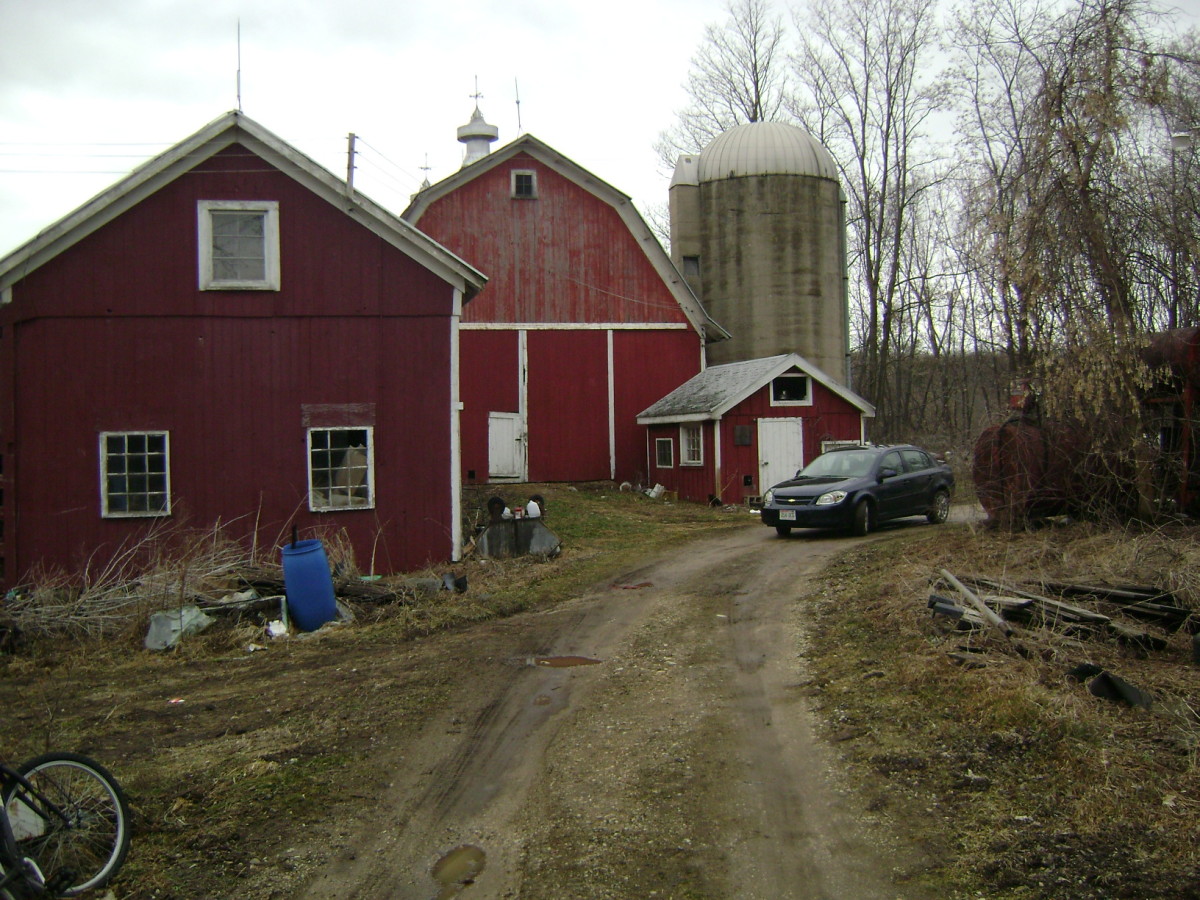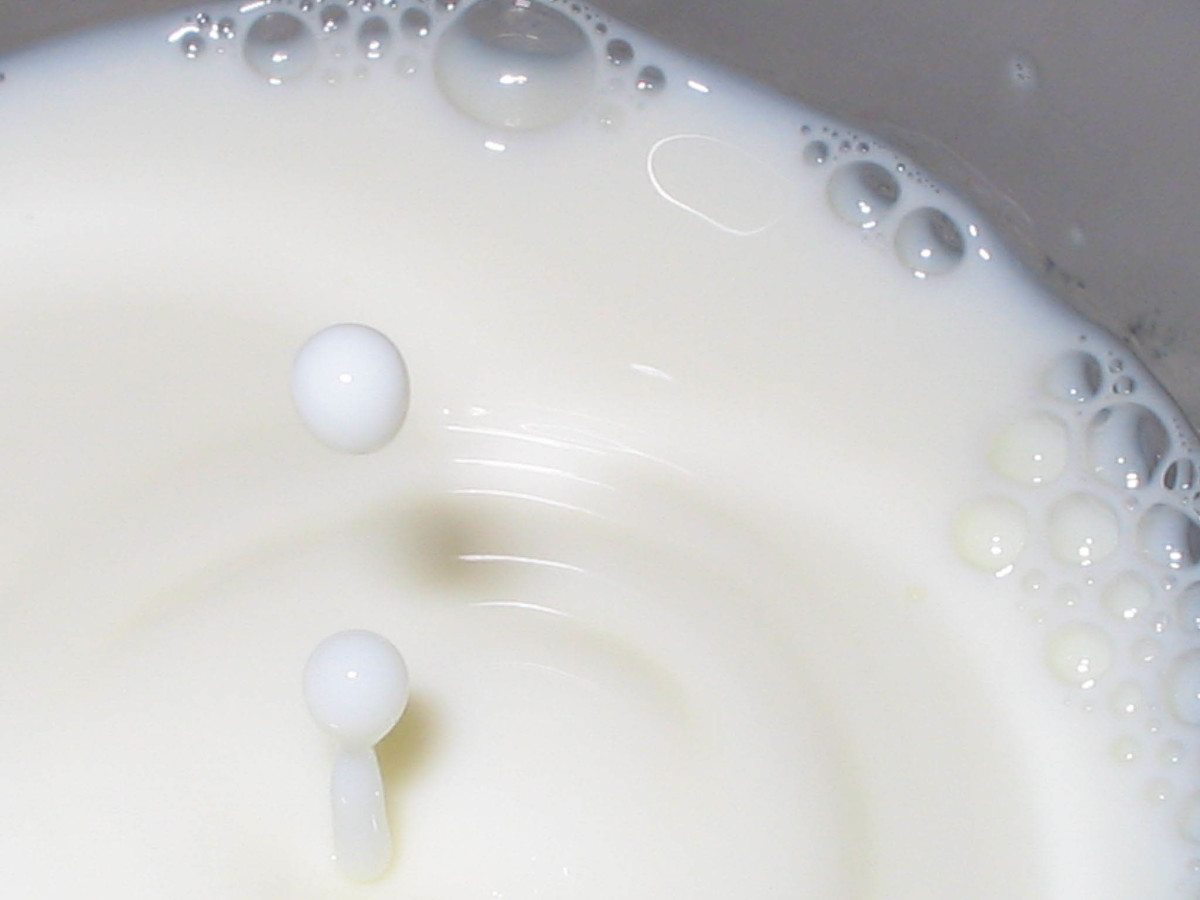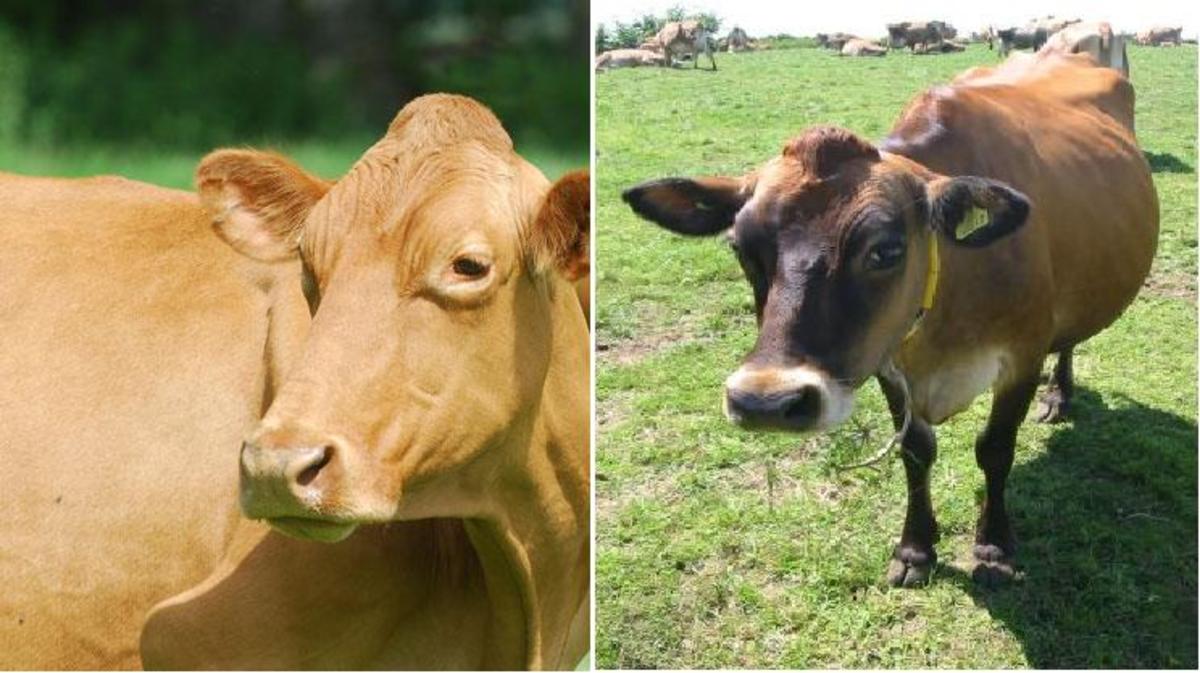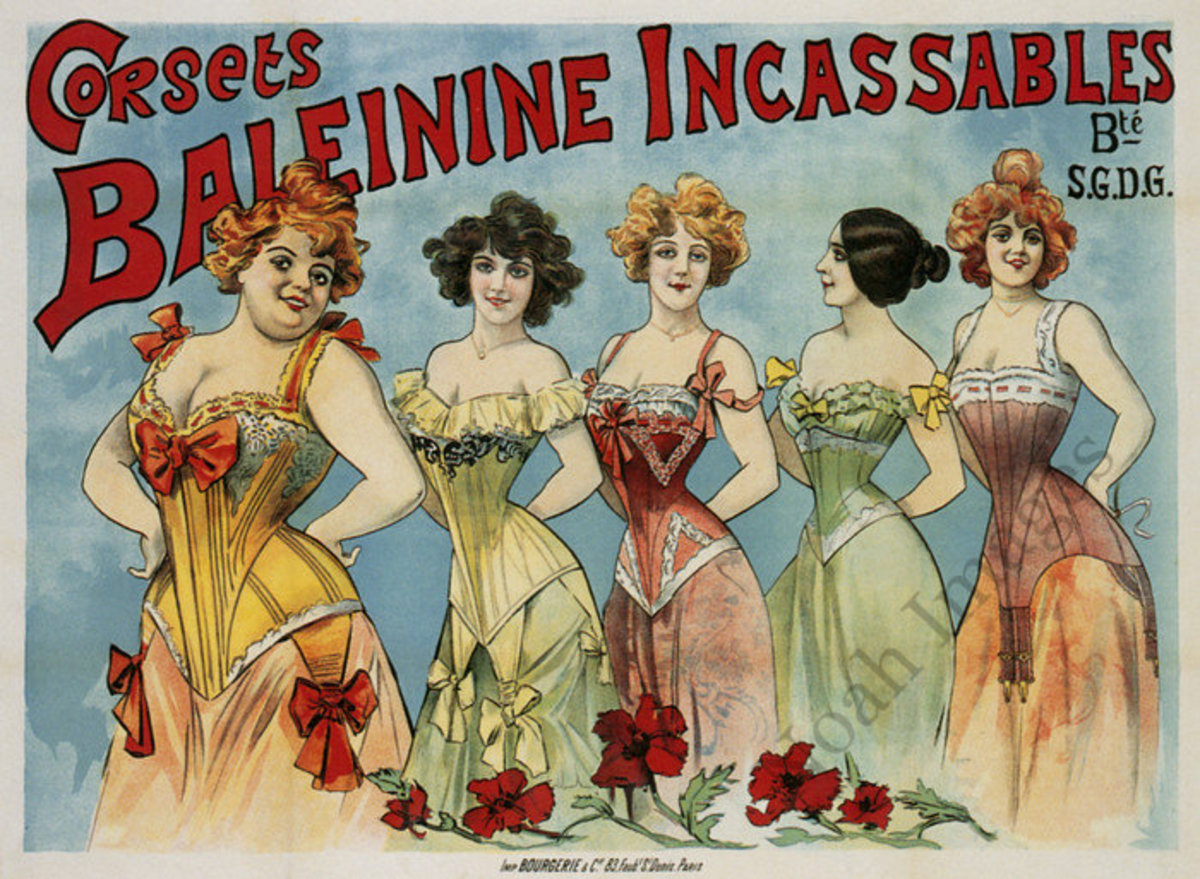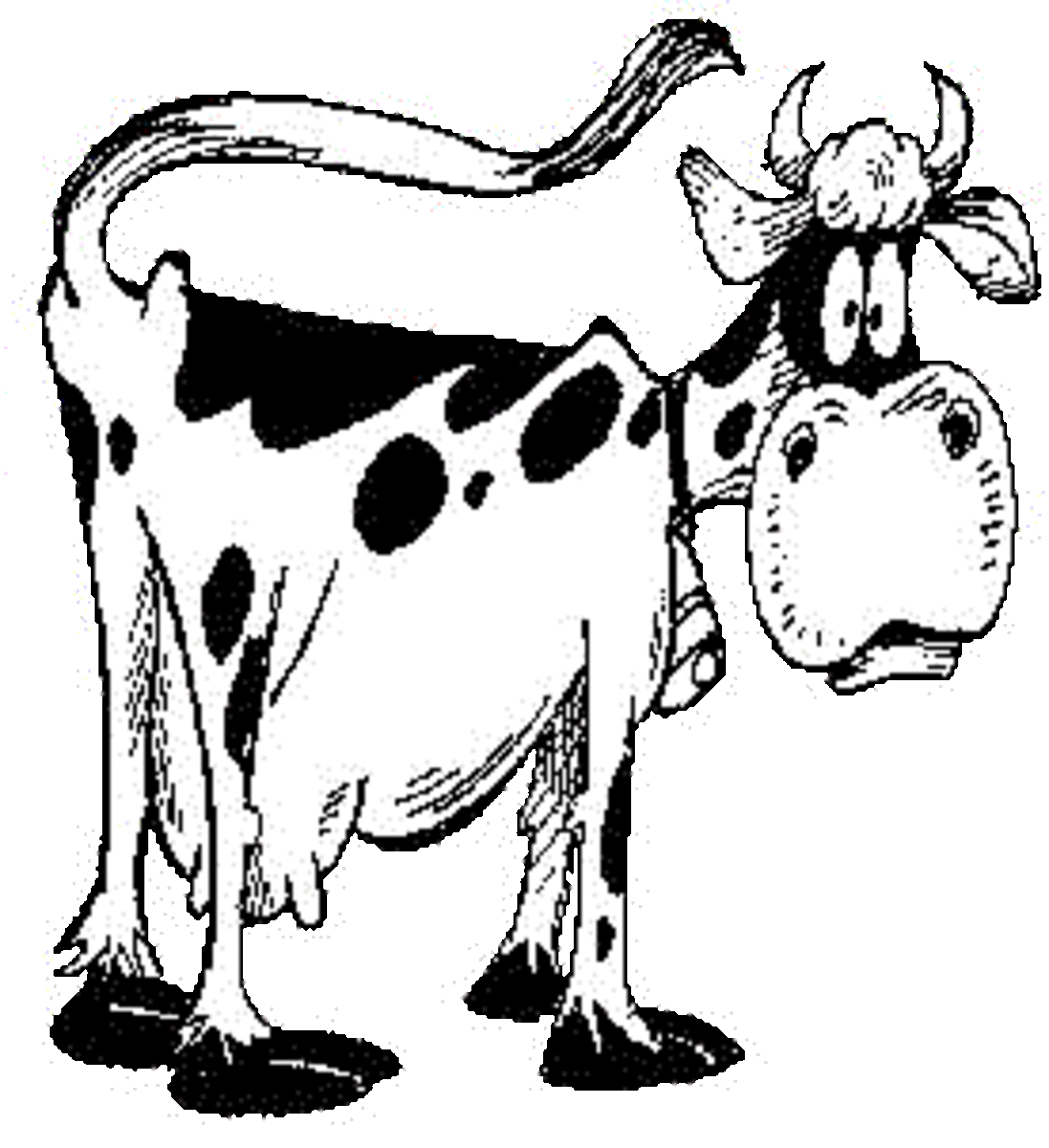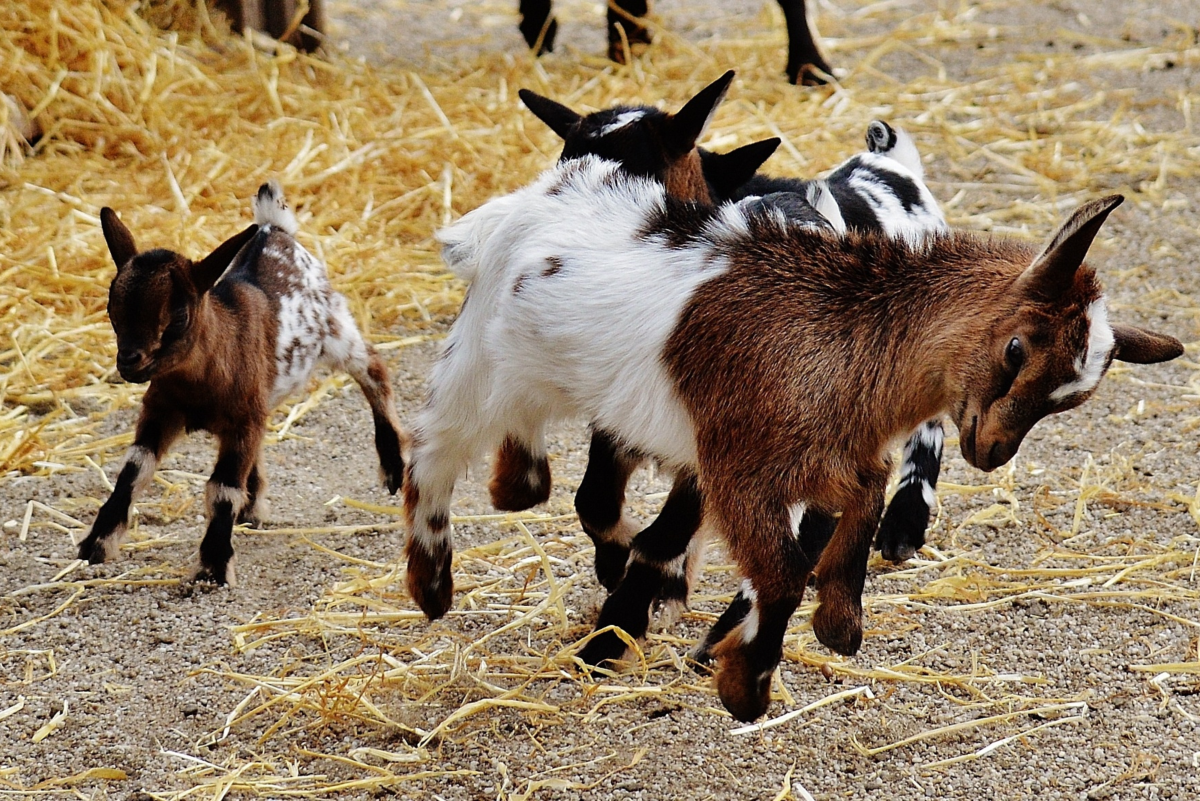Farming - Through The Years
Hand Milking a Cow.
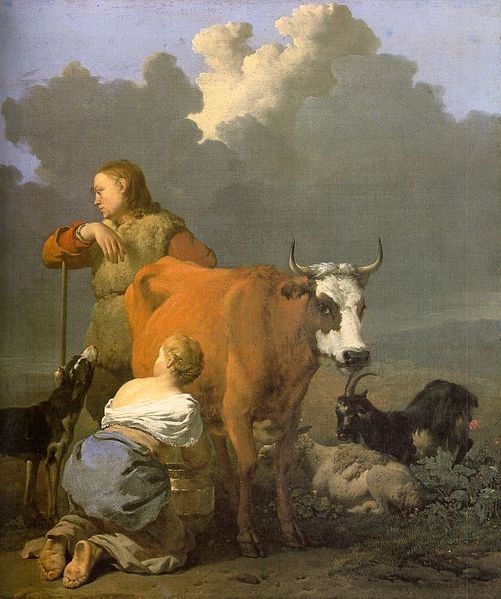
Farming - Way of Life
Farming has been my life, having lived on a farm for some 70 years, it has become 365 days a year love, working with animals, and they are my life. Farming is not only milking cows, calf rearing, saving that new lamb that was born in a puddle last night, or that pig that's just got in the garden. Is all about a "Life Like No Other".
Sharing how the past generation started in the 19th - 20th century and progressed through the years.
Farmall Model M Tractor Retro Vintage Tin Sign
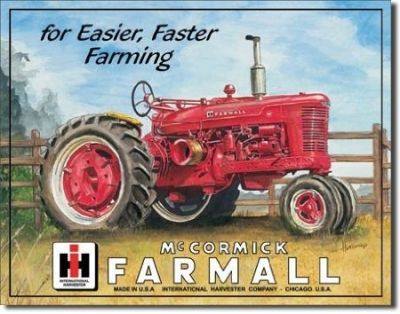
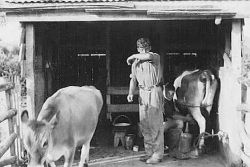
Dairy Farming in the early 19th Century
Cows have been milked in New Zealand for nearly 200 years, the cows were at first milked in the paddock by hand into a bucket, sometimes with the cow's head tied between two parallel poles driven into the ground as a restraint.
Next, small sheds were built to provide milkers with shelter from the weather.
Once a herd grew beyond a dozen or so, milking machines became essential on a family farm, with walk-through sheds, which I milked cows that way until 1975 when we changed the shed to a herringbone shed. Milking twice a day was a labour-intensive chore and even large families could cope no longer with more than about ten cows.
Dairy Farm Milking in New Zealand
The video above is a dairy farm, milking in New Zealand, milking 960 cows, 70 rotary shed. I milked cows for more than 50 years but never in a rotary shed. It was a Herringbone Shed the video below shows you what a herringbone shed is like to milk cows.
Early milking on a New Zealand dairy farm
Did you know?
Dairy cows consume approximately 3 gallons of water for every gallon of milk produced
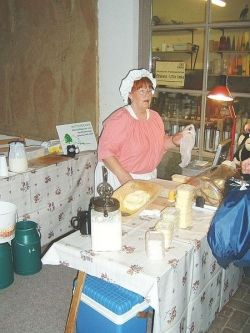
What Was Done With The Milk?
The milk from the day's takings was left to stand overnight, in a flat, wide mouthed shallow vessels and the cream poured off in the morning ready for churning by hand into butter. I remember my mother making butter in the early 1940s it was a real art, which fascinated me, the milk churning over and over in the butter churn, separating the cream from the whey in the milk.
For cheese, where the skill was available, the milk was left to stand longer to ripen.
Rennet from calves stomach linings was added in round iron tubs. Rennet curd would form and most of the whey would be tipped off. The curd and the remaining whey were then heated and stirred. Next, the curd was salted and pressed into moulds or hoops and then pickled in brine. Pressing with weights continued and the cheese was left to ripen. It needed a lot of attention, including scraping and rewrapping with cloth two or three times. So cheese required expertise as well as more work than butter, but farmers, or usually their wives, learnt from what practical advice was available and by trial and error.
As the years went by, Taranaki became the predominant producer of cheese, with Waikato concentrating more on butter.
Taranaki also developed first and fastest of the dairying provinces, in fact, it stayed ahead until World War two when Waikato/Bay of plenty took over that honor and rapidly surpassed all other regions.
Being a war baby, a lot of cheese and butter, and the shortage of cash, products like this were used to barter, in which no money changed hands just swapping home-made butter or cheese for groceries - tea and sugar. Sometimes some homemade ice cream, which to me was more ice than ice-cream, but was still good in the hot summer. In those years, there were coupons that you used to get your ration of food for the month to feed the family. Families would swap groceries that they did not need with other families, sharing food in the war years were common among neighbors.
There was no whey ever wasted, it was feed to the pigs, which as a child I learned to love.
Fonterra cooperative dairy factory north of Hamilton, New Zealand.

Dairy Farming in the 20th Century
In the early 20th century the standard of hygiene was not always high, either, in cowsheds where milk was stored sometimes for two days in the summer heat, it was the smell and taste that resulted from cream that had gone off before the butter was made that were the main complaint against the butter.
The creameries were never the less a necessary convenience for remote farmers isolation, bad roads, hills, and streams, they had to transport their milk in cans on pack-horses.
The spread of the home separator and improvement to roads brought about the demise of the skimming stations. With the reduced burden of the only cream rather than full milk, each farmer began his day with a visit to the district dairy factory. I remember late 1940s dad getting his horse and cart and taking the milk to the factory on York Road Midhirst, in Taranaki NZ, It seems that every road in Taranaki in those day's had a factory. After a slow start, the concept of the co-operative dairy company spread throughout New Zealand.
As roads and transport improved, horse-drawn carts were followed by trucks hauling milk cans to the factory, then milk tankers collection spread throughout the country - factories tended to become centralized and bigger.
During the following twenty years, the tanker became ubiquitous, picking up whole milk from even the most distant farms and delivering to bigger and more central factories.
As herd sizes increase from an average of sixty-five cows to hundred and twenty, amalgamations further reduced factories to 105 by 1980.
When we brought our farm on Denbigh road in 1968 milking 80 cows, we supplied the Midhirst Dairy factory.
As the factories got bigger the standards of hygiene and quality control also improved.
Butter-making, in particular, became mechanized, with the cream poured in one end of the operation and packages of butter popping out the other end.
Cheese-making became similarly mechanized where the output of a single type was large enough in volume.
Dairying developed over the first sixty years of the twentieth century as a compact industry with factories centered on intensively farmed grassland of the highest quality, and with research, production, and marketing.
The income from dairy farming is now a major part of the New Zealand economy, becoming an NZ$11 billion industry by 2010.
Agriculture in New Zealand
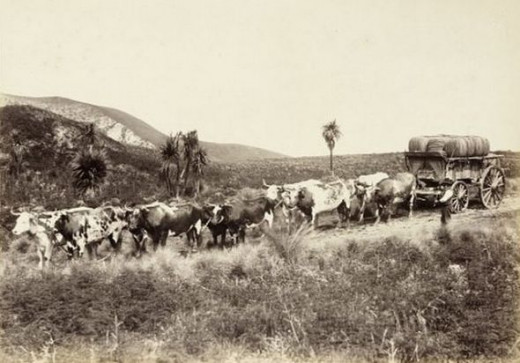
Agriculture in New Zealand is the largest sector of the tradeable economy, contributing about two-thirds of exported goods in 2006-7
A bullock wagon team taking wool from a farm station. The number of sheep in New Zealand peaked in the 1980s and is now reducing due to lower profits.
Farming Animals
In New Zealand many urban dwellers are moving their families, leaving the city, and buying lifestyle blocks in the country, taking on sheep, cattle, goats, pigs, poultry, alpacas and llamas deer or horses, so many choices.
Which is good because they take on a task to learn about those animals, and in no time they are specializing and improving the stock, of rearing and breeding those animals they choose to work with, great kind of family life.
Have fun and most of all - Enjoy!
© 2011 Elsie Hagley

